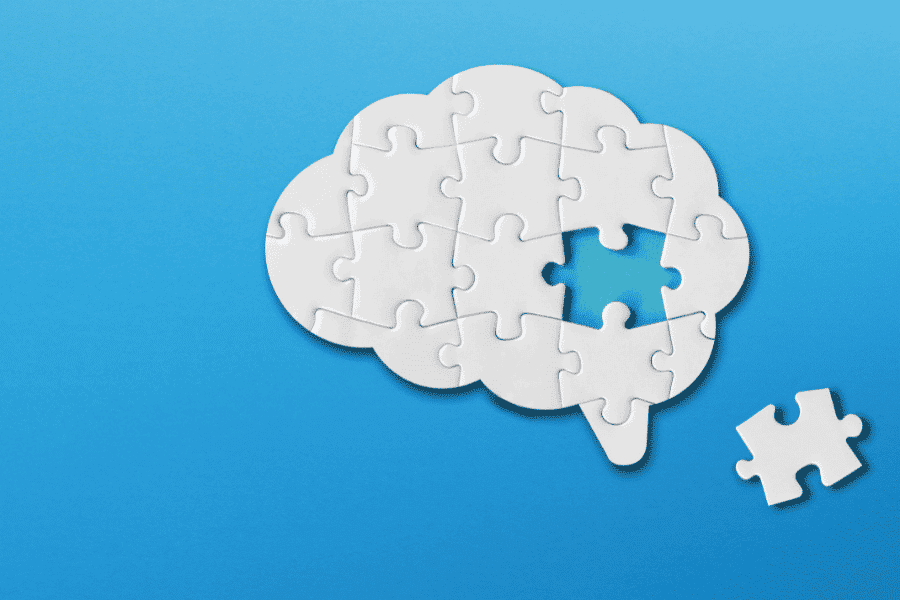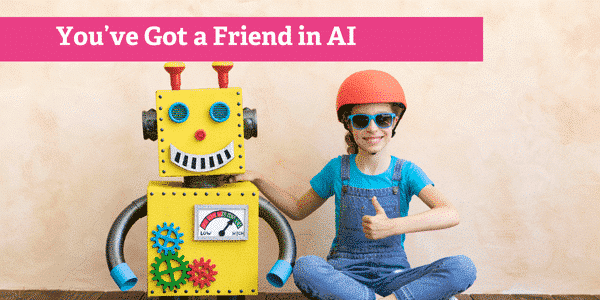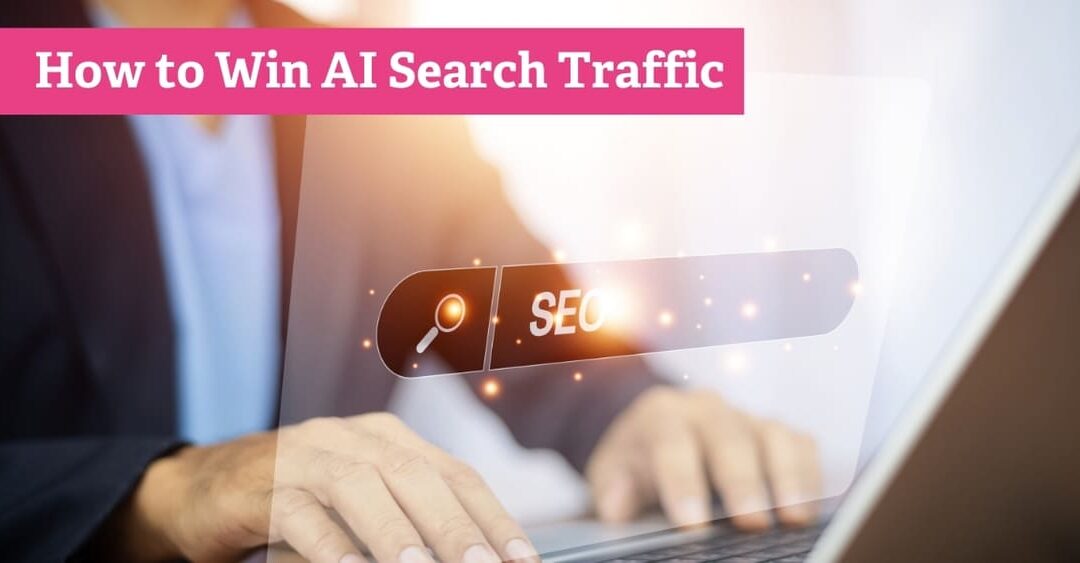
Nowhere is clear and accessible content more critical than in healthcare. The difference between “OK, I understood that and know what I need to do next” and “What did I just read??” can impact people’s health and save lives.
Make sure that when you write, your content is easy to digest and inclusive to as many people as possible, including neurodiverse individuals.
Neurodiversity and Section 508
Neurodiversity is the idea that people experience and interact with the world around them in different ways — and that there is no one right way of thinking, learning and behaving, according to Harvard Health.
The Neurodiversity Association says that “neurodiversity” covers a variety of neurodevelopmental conditions, including attention deficit hyperactivity disorder (ADHD), autism and dyslexia. It also includes dyspraxia, dyscalculia and dysgraphia.
Neurodivergent differences are not deficits, but people with a neurodiverse condition may need accommodations at work or school. They are protected by the Americans With Disabilities Act.
So creating content with a neurodivergent audience in mind is part of being compliant with Section 508 of the Rehabilitation Act of 1973. Section 508 prohibits discrimination against people with disabilities in programs and services run by the federal government or its contractors.
Creating content with a #neurodivergent audience in mind is part of being compliant with Section 508 of the Rehabilitation Act of 1973. Share on XHow Section 508 Supports Neurodiverse Individuals
Section 508 was added in 1998 — and refreshed in 2018 — to ensure that it included access to technology.
Although hospitals and health systems are not run by the federal government, they still need to comply with 508 for a few reasons:
Other laws require modifying content for people with disabilities
- Section 1557 of the Affordable Care Act (ACA) demands health agencies ensure that whenever they use information technology to deliver services, programs or activities, the technology is accessible to people with disabilities.
- Title III of the Americans With Disabilities Act (ADA) states that public accommodations (such as healthcare providers) must not discriminate against people with disabilities when communicating with them or serving them.
Being 508 compliant is good for patients — and business
When you create content for a neurodivergent audience and with people with disabilities in mind, you:
- Widen your audience: Approximately 15% to 20% of the global population has been diagnosed as neurodiverse, according to the Oxford University British Medical Journal. And an estimated 1 in 4 American adults live with a disability, according to the CDC. Content that is accessible to a neurodiverse audience means more people can understand and engage with your message.
- Are doing the right thing: Creating content that people with disabilities can comprehend helps them access the healthcare information and services they need.
- Receive reimbursements from Medicare and Medicaid: Healthcare institutions receiving reimbursements from those programs must make their program information accessible to the public, including their 508 compliance.
- Create good content (period): Many tactics that make content easier for neurodivergent individuals to understand are simply good strategies. They make content even more accessible and clear to a general audience.
5 Tips to Write and Design for a Neurodivergent Audience
Neurodiversity isn’t one size fits all. There are common traits across the neurodiversity spectrum, but each person with neurodivergence experiences it differently. Some of these strategies will have a bigger impact on certain audiences than others.
1. Make text easy to read
Reduce the mental effort needed for online tasks so the audience can focus.
- Keep reading level low. Aim for a 7th-grade level or lower.
- Create chunks of text, blocks of white space and bulleted lists.
- Use clear typography and sans-serif fonts. Serif fonts with tails and curls at the ends of letters are less readable for neurodiverse audiences, according to the British Dyslexia Association.
- Allow for adjacent spellings or slightly misspelled words and terms in search bars to assist people with dyslexia in finding the content they’re looking for.
2. Remove distractions
You only have a few seconds to capture someone’s attention online. Everyone gets distracted easily, but people with neurodiverse conditions may lose focus even faster. So keep users on task.
- Make related content relevant. Related content should add to the story, instead of causing readers to lose focus and click away from the page.
- Limit pop-ups, interrupters and auto-play videos.
- Enable print-friendly views that remove ads and unnecessary content.
- Use headings to create a clear visual hierarchy and pathway throughout the content.
3. Create clear calls to action
Guide users to complete the action you want them to take.
- Use clear descriptions for buttons. Instead of “click here” or “sign up,” try “download the report” or “save your seat for the webinar.”
- Enable tooltips. These short messages appear when users interact with a specific element on a website or mobile app. Tooltips give users more information or answer questions they may have, which may keep them on task and moving along.
- Be specific about next steps. Let users know what happens next. For instance, after a user fills out a form, provide a message that lets them know when they’ll hear back and what information they’ll receive.
4. Eliminate time challenges
People with ADHD may have “time blindness,” which means they have trouble with the awareness of the passing of time. They may not be able to predict how long a task will take or if they have enough time to complete it. Enable features on your site to help users with ADHD.
- Include approximate reading time estimates for articles and blog posts.
- Enable progress bars on digital medical forms that need to be filled out.
- Add page numbers to PDFs, eBooks or printable materials.
5. Provide multiple content options
While some neurodiverse individuals may prefer to watch a video or listen to audio instead of reading, some may find it difficult to process sounds or visuals. Relay the information in alternative ways.
- Add captions. Use closed captioning on videos, text transcripts for podcasts and alt-text and captions on images.
- Use icons to enhance labels and headers.
- Include charts and infographics in addition to written content.
Include Neurodiverse Users in Research and Testing
To ensure your message is clear and actionable, include neurodivergent individuals in the content creation and writing. Also, include them in QA so they can raise flags and address issues.




